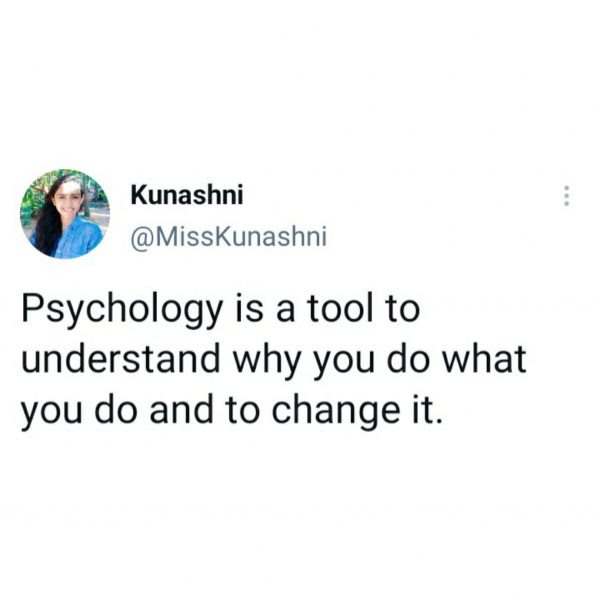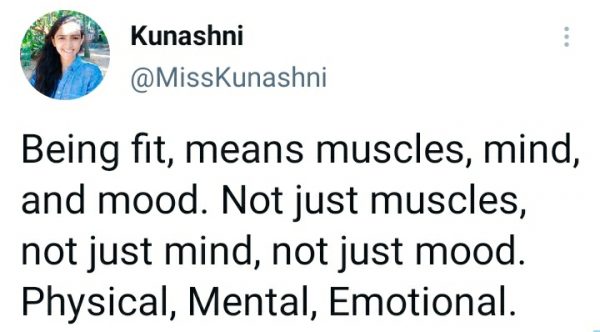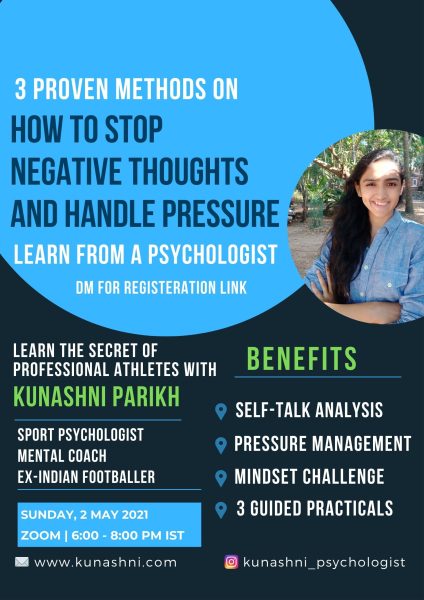In the heat of international cricket, where milliseconds and millimeters can determine victory, Indian batsman Shubman Gill found himself at the center of a controversy that reveals profound truths about aggression, values, and competitive integrity. His confrontation with England’s batsmen during a crucial match wasn’t just about cricket—it was a masterclass in understanding when aggression serves a purpose beyond mere emotion

The Incident That Sparked a Thousand Debates
During a tense match between India and England, with just 7 minutes of play remaining, England’s batsmen arrived at the crease 90 seconds late—a delay that pushed Gill past his breaking point. His aggressive response, including telling them to “hold some ball,” became the talk of the cricket world.
When asked about it later, Gill’s response was remarkably nuanced:
“I’m not saying it’s something I’m particularly proud of, but there was a buildup—it didn’t come out of nowhere. We had no intention of engaging in such behavior, but you’re playing a game, you’re playing to win, and there are a lot of emotions involved. When you see things happening that shouldn’t be, sometimes those emotions just come out of nowhere.”

The Psychology Behind the Fire
From a sports psychology perspective, Gill’s reaction illustrates a fascinating phenomenon. Aggression in competition serves two distinct purposes:
- Hostile aggression: Aimed at harming others, driven by anger
- Instrumental aggression: Used strategically to defend values and boundaries
Research shows that when competitors perceive unfairness, the brain’s anterior cingulate cortex triggers a justice response that can manifest as aggressive behavior. This isn’t just emotional overflow—it’s a neurological reaction to perceived violations of fairness.
Gill’s explanation reveals he wasn’t just angry—he was responding to what he perceived as a breach of cricket’s unwritten code:
“Most teams, including us, try to use such situations to their advantage—if we were in a similar position, we too would want to play fewer overs. But there’s a manner in which you do that… to come out 90 seconds late to the crease… that’s not something I think fits within the spirit of the game.”
The Neuroscience of Controlled Aggression
Here’s where it gets interesting from a neurological standpoint. Controlled aggression, when channeled correctly, actually enhances performance by:
- Increasing focus through elevated norepinephrine levels
- Sharpening decision-making via enhanced prefrontal cortex activity
- Boosting physical performance through controlled adrenaline release
- Strengthening memory formation of important competitive moments
The key distinction? Ensuring your aggression serves your goals, not your ego.

The Controlled Fire Protocol: Channeling Aggression Effectively
Based on performance psychology research and the experiences of elite athletes, here’s how champions transform potentially destructive aggression into competitive advantage:
Step 1: Identify Your Trigger
Before reacting, ask yourself:
- Am I responding to genuine unfairness?
- Or am I just frustrated with my own performance?
This split-second assessment activates your prefrontal cortex, preventing purely emotional reactions. In Gill’s case, he was clearly responding to what he perceived as gamesmanship that crossed ethical lines.
Step 2: Express Your Stance Within Boundaries
Channel your aggression through appropriate outlets:
- Use firm but controlled language
- Maintain competitive intensity without breaking rules
- Make your position clear without losing composure
- Document the incident if necessary for official channels
Gill demonstrated this by confronting the batsmen directly but stopping short of physical altercation or troubling consequences.
Step 3: Transform Emotion into Performance
Use that emotional energy as fuel:
- Channel anger into increased focus
- Convert frustration into determination
- Let the fire drive excellence, not destructiveness
- Show your response through superior play

The Values Behind the Aggression
What makes Gill’s case particularly instructive is how his aggression revealed his values. He wasn’t angry about losing or being outplayed—he was responding to what he perceived as a violation of cricket’s spirit. This distinction matters because:
- Value-based aggression earns respect (even from opponents)
- Ego-based aggression destroys reputation
- Standing for principles builds leadership
- Venting emotions undermines authority
The Universal Application
This principle extends far beyond cricket. Consider these scenarios:
In Business
- The manager who aggressively defends their team against unfair criticism
- The entrepreneur who pushes back against unethical competitive practices
- The employee who stands firm against workplace injustice
In Personal Relationships
- Setting boundaries when others cross lines
- Defending loved ones from unfair treatment
- Standing up for principles even when it’s uncomfortable
In Daily Life
- Confronting queue-jumpers or rule-breakers
- Challenging dishonest behavior
- Protecting those who can’t protect themselves

The Critical Questions to Ask Yourself
Before letting aggression take control, run through this mental checklist:
- What value am I defending? (If you can’t name it, reconsider)
- Will my response serve my long-term goals?
- Am I in control, or is emotion controlling me?
- What would I think if I saw someone else doing this?
- Will I be proud of this response tomorrow?
When Aggression Becomes Leadership
The most powerful aspect of controlled aggression is how it can establish you as a leader. When others see you:
- Standing for principles rather than personal gain
- Channeling emotion into productive action
- Maintaining control while expressing strength
- Defending fairness even at personal cost
You demonstrate the kind of value-based leadership that earns lasting respect.
The Neuroscience of Value-Based Response
Brain imaging studies reveal fascinating patterns when people respond to unfairness:
- The amygdala activates (emotional response)
- The prefrontal cortex engages (rational evaluation)
- The anterior cingulate cortex fires (fairness assessment)
- The motor cortex prepares (action readiness)
When all four systems work together, you get controlled, purposeful aggression that serves your values rather than undermining them.

Building Your Controlled Fire Response
Here’s how to develop this capability:
Daily Practice
- Identify your core values (write them down)
- Visualize scenarios where they might be challenged
- Practice your response mentally before you need it
- Review past reactions and learn from them
In-the-Moment Protocol
- Feel the fire (acknowledge the emotion)
- Find the value (what principle is at stake?)
- Focus the flame (channel it productively)
- Fuel your performance (let it drive excellence)
Post-Incident Review
- Assess your response objectively
- Identify what worked and what didn’t
- Refine your approach for next time
- Build on successes rather than dwelling on mistakes
The Shubman Gill Lesson
What makes Gill’s response particularly instructive is his post-match reflection. He didn’t glorify his aggression or pretend it didn’t happen. Instead, he:
- Acknowledged his emotions
- Explained his reasoning
- Stood by his values
- Admitted imperfection
This combination of conviction and humility is what separates controlled aggression from mere hostility.

Your Path Forward
The question isn’t whether you’ll face situations that trigger aggressive responses—you will. The question is whether you’ll channel that fire to:
- Defend your values
- Elevate your performance
- Build respect
- Create positive change
Or whether you’ll let it:
- Damage relationships
- Undermine your goals
- Destroy reputation
- Perpetuate negativity
Champions aren’t those who never get aggressive—they’re those who transform rage into strategic rocket fuel. They understand that aggression, like fire, can either destroy everything in its path or forge something stronger.
The Final Word
Next time you feel that familiar heat rising—whether on the field, in the boardroom, or in daily life—pause for just a moment. Ask yourself: Am I defending my values or just venting my emotions?
Your answer to that question will determine whether your aggression becomes a moment of leadership or a source of regret. In that split second of choice lies the difference between a champion’s response and a child’s tantrum.
The fire will come. How you channel it defines who you become.
Ready to master the art of controlled aggression? Start with identifying your core values today. When you know what you stand for, you’ll know when—and how—to stand up.













